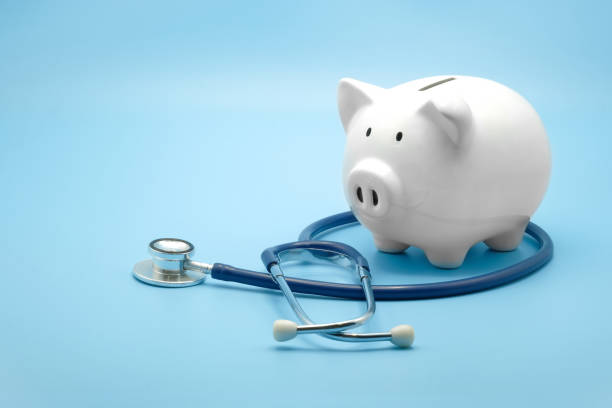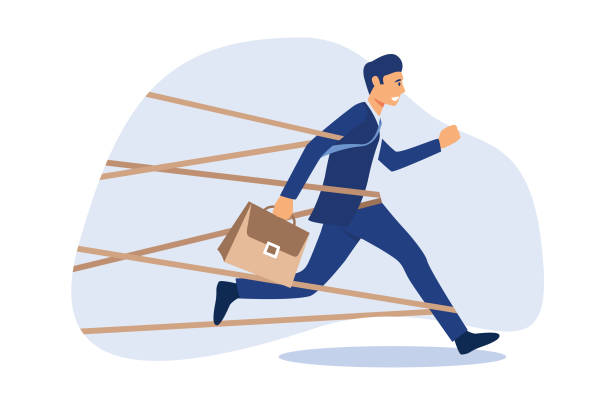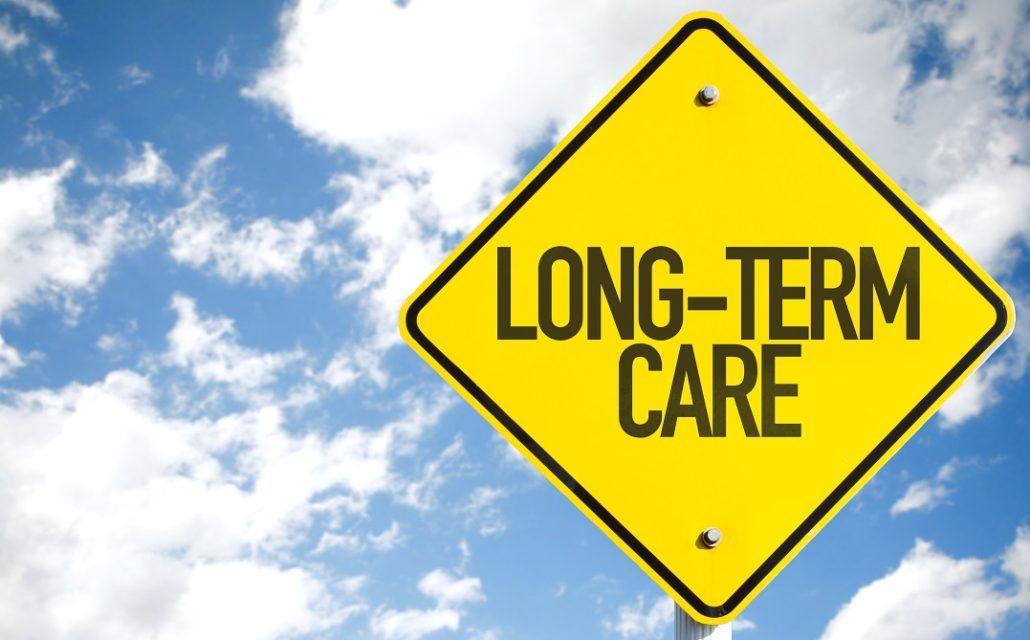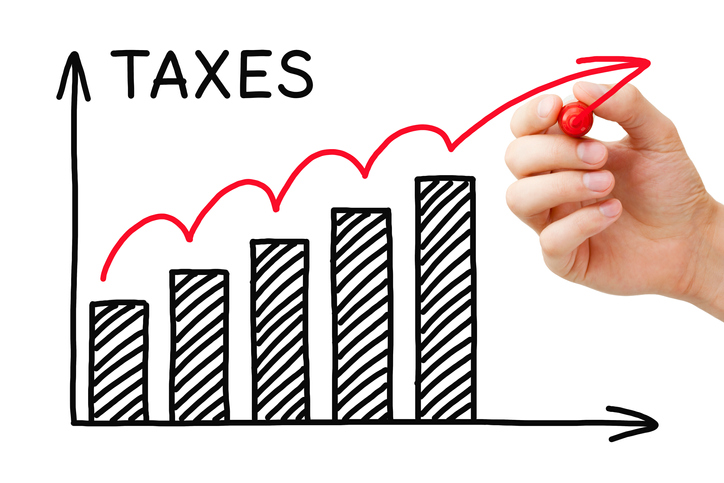A recent survey of employers by the Seattle Metropolitan Chamber of Commerce reveals what decades of research has already established—increasing the minimum wage comes with a cost.
The majority of the 283 employers that responded to the Chamber’s survey asking how raising the minimum wage to $15 an hour would affect their business say it would result in reduced employee benefits, reduced employee hours and positions, and increased prices.
Fifty percent of companies that participated in the survey said they would increase prices to offset a $15 minimum wage, while 43% said they would reduce or eliminate employee benefits. Sixty percent of companies said they would likely incorporate multiple changes in response to the higher wage, such as reducing or eliminating new jobs, raising standards for entry level positions, as well as reducing or eliminating employee benefits and increasing prices.
Seattle restaurant owner Tom Douglas, who voluntarily raised the wages of many employees of his 14 restaurants to $15 an hour earlier this year, recently posted an open letter addressing the minimum wage debate. Douglas declared if the City imposes a $15 minimum wage, under the current model that does not allow a tip credit, “….fine dining restaurant prices would immediately jump 20%. That is a $5 million+ direct price hike annually on our menus and consequently to our customers. That is more than double our bottom line before taxes and reinvestment. In other words there is no way for us to absorb this expense in-house [emphasis added].”
Translation: Douglas would be forced to pass those expenses on to workers, in the form of reduced hours and benefits, and to consumers, in the form of higher prices.
Starbucks CEO Howard Schultz says an increase in the federal minimum wage from $7.25 to $10.10 would not likely result in higher prices or fewer jobs, rather it could come at the expense of employee benefits: "We may not be able to afford to provide all the benefits if we had to go to $10 an hour.” These benefits include full health coverage, free food, bus passes, 401K, stock rewards and more—even for part-time workers.
Dicks Drive-In and Burgerville are two other home grown companies that provide entry-level employees with generous benefits. Like Starbucks, they warn a higher minimum wage could mean those benefits are eliminated. As Dicks Drive-In said, "Employees who earn higher taxable wages, but lose valuable tax-free benefits may end up worse off.”
Such warnings from business owners reflect what studies have repeatedly concluded—while small minimum wage hikes may result in relatively few job losses, they ultimately come at a significant cost to the workers who keep their job. Those studies show when employers are faced with an increased labor cost, they invariably find ways to cut other labor costs. In response to a higher minimum wage, employers often cut back on fringe benefits and increase their employees' work demands. So while workers may have higher (taxable) money wages from a minimum wage hike, they receive those higher wages in exchange for lower nonmonetary (untaxable) fringe benefits and more demanding work conditions.
- When the minimum wage was increased in 1967, one economist found that workers gained 32 cents in money income but lost 41 cents per hour in training.
- Two separate studies concluded that increases in the minimum wage reduce on-the-job training, hurting long-run growth in the real incomes of covered workers.
- A North Carolina State University economist determined that a wage increase caused New York retailers to increase work demands. In most stores, fewer workers were given fewer hours to do the same work as before.
- A study showed the 90 cent per hour increase in the federal minimum wage in 1990 reduced the probability of workers receiving employer-provided health insurance from 66.2% to 63.1% and increased the likelihood workers would be reduced to part-time work by 26%.
- Another study found that for every 10% increase in the minimum wage (taxable), workers lose 2% of nonmonetary compensation (untaxable) per hour.
Studies estimate that on average, nonmonetary benefits amount to a substantial percentage of the total compensation an employee receives—nearly 30% over and above the wage of all workers, and 20% over and above the wages of restaurant workers. The Seattle businesses responding to the Chamber survey are on trend, reporting benefits make up 23% of the total compensation they pay employees. It is these intangible, yet valuable, benefits that are at the greatest risk if employers are forced to pay every employee $15 per hour.
It is hard to say exactly how Seattle employers will respond to a 60% increase (from the current state wage of $9.32 to the proposed $15) in labor costs, because such an increase is unprecedented. But based on the Chamber's survey and the studies of much smaller minimum wage increases in the past, it is safe to say that something will have to give. And it likely will not be the profits of businesses, many of which already operate on small profit margins. As the founder of Dick's Drive-In says, "The No. 1 job of a business is to make a profit. If you don’t, it’s not worth anything."




